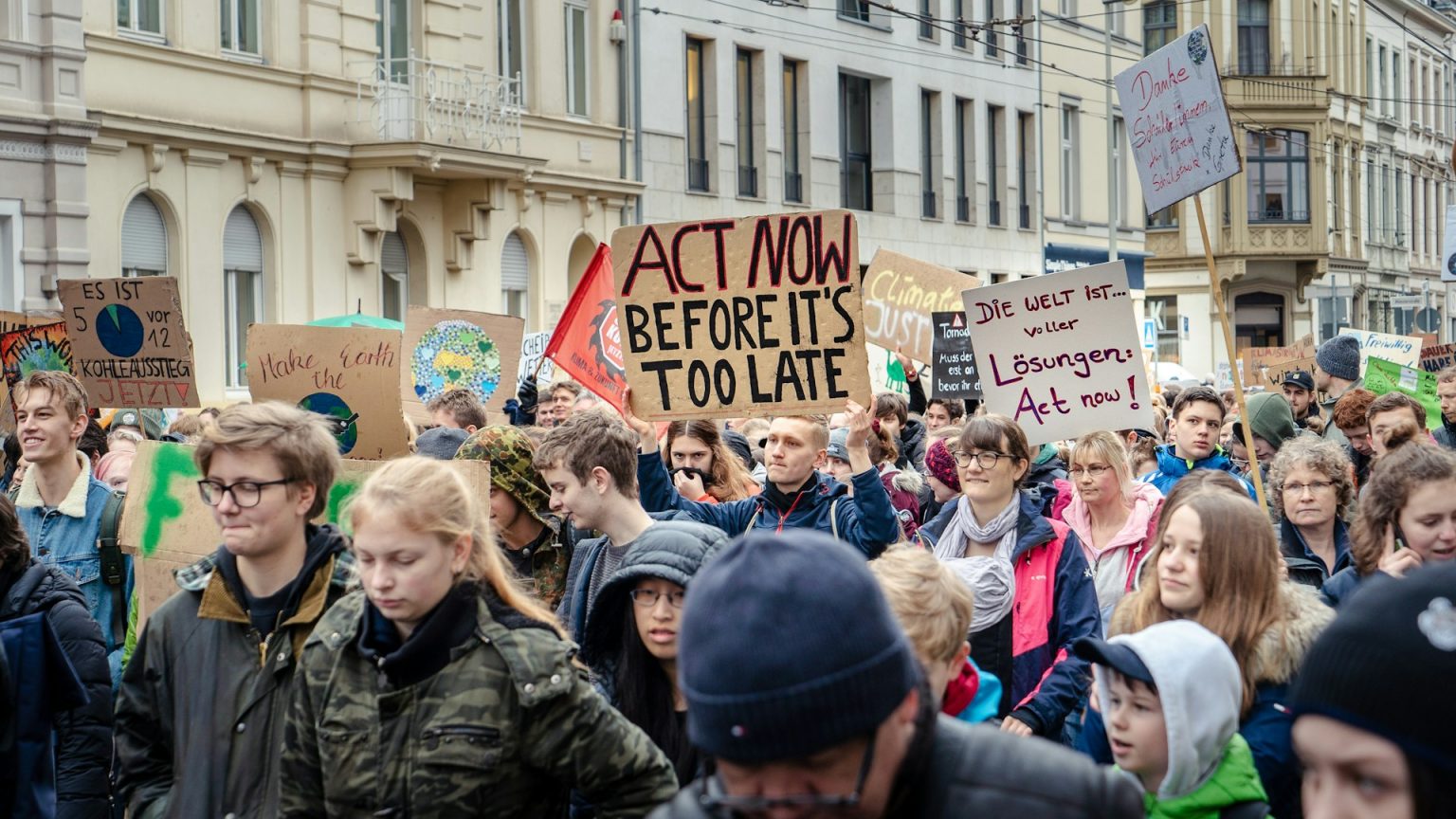When describing vertical farming Dickson Despommier used to hear “Should we do this?” Now he hears, “How should we do this?”
Question: How will you attract investors?
Dickson Despommier: Okay,
well, it’s not that we haven’t thought about this. In fact, we began to
seriously think about this, “we” my wife and I, about five years ago
when we set our website up. Our website is a target as you well know.
Websites-- people, they contact you and they give you your opinion. And
if this was as crazy as an idea as it starts out to sound like, but
doesn’t end up sounding like, then if it was a truly crazy idea then I
wouldn’t be sitting here right now and I’m going to tell you that if I
can share all my email with you, you would see. They don’t just come
from do-gooders and tree-huggers and fuzzy type people. These are from
the head of ARUP who says “Not just possible. We must do this.” So they
never said “Can’t do.” That’s the company that never says “can’t do”
all right? What would it take to do it? After that we just that’s what
we asked. We weren’t saying “Should we do it?” We were saying “How
should we do it?” That’s a much different question, so that’s the
question you’ve asked so I’ll try to give you the answer. The fact is
we haven’t done one yet, but we have a plan on how to do it. A, you
need some money. You need lots of money. How much? If I had I would
give you a conservative estimate of 50 to 60 million dollars. I could
build you a prototype with all the personnel that I now have as willing
participants the moment that money shows up they will be there. Those
are architects, engineers, designers, planners, politicians, funders,
agronomists, and when I say I’m using plurals here these are not single
entities. These are like the University of Arizona Controlled Indoor
Farming Group which is huge. NASA, ARUP, Philip Johnson Architects,
Kiss + Cathcart Architects, Steelcase [ph?] as a builder, these are
huge people in terms of their impact on the world already, and on their
desire to make things ecologically sound and profitable. So with sixty
million dollars, what I will do is I will enlist their talents together
as a team, and I will build a building which will be some five to six
stories tall, and maybe an eighth of a city block in footprint, and
inside of which it will become a laboratory for how to do this, because
in essence we don’t know how to do this yet, but we will include into
it all the engineering schemes for capturing energy passively, for
taking waste and creating energy from that, to making sure that our
plants are not contaminated with pathogens, to make sure that their
diets include all of our micronutrients but not any heavy metals or
pesticides or herbicides. All of that is doable stuff. That’s an easy
deal. I mean for 27 years I was a laboratory-based scientist and I know
how to do this part. This is the easy part. The hard part is to find
the sixty million dollars. That seemed like a hard thing to do two
years ago. We have four groups now that all want to do with us. They
want us to develop the master plan to how to proceed, and they’re
willing to pay a very nice sum of money for a few of us to sit down and
plan out how to proceed. Now, the procedure requires a scaled model
first, to make sure what you’re going to do, and then a prototype
building which functions exactly like the scaled up building you’re
planning to build, and so all of the nuance of handling this crop or
that crop or the other crop-- by the way, wherever you put this it will
vary of course. If you put in Incheon, Korea which is one of the places
that wants this, the crop selection will be totally different than in
the southern part of India which another place that wants this. Or
perhaps in Darfur. You would want to produce as much energetic food.
Forget about the variety. You want it balanced, and you want these
little kids to survive, and you want their mothers and fathers to
survive as well if they’re still alive of course. You’re using this as
an intervention strategy. You’re not giving them food. You’re teaching
them how to raise food themselves, but you’re subsidizing it through
the World Bank or through WHO and through the United Nations. So that’s
my dream of how this could move from a place like Abu Dhabi which also
wants this, and they’ve got tons of money. They don’t even care how
much it costs. And they don’t even care about the profitability. What
they want is fresh produce. They can’t get fresh produce because why?
Even if it’s flown in the same day, that’s not fresh enough. They want
to produce it on site. That’s fine. Let’s do that then. So you need to
make a twin project someplace. Abu Dhabi has one and so does south
Bronx. So does Darfur. So does Niger, so Chad, so does Mali. That’s
really the crux of where I’m from. Sure, I’m the point person for this
project and everything, but I already know who wants them.
Recorded on: 6/10/08





